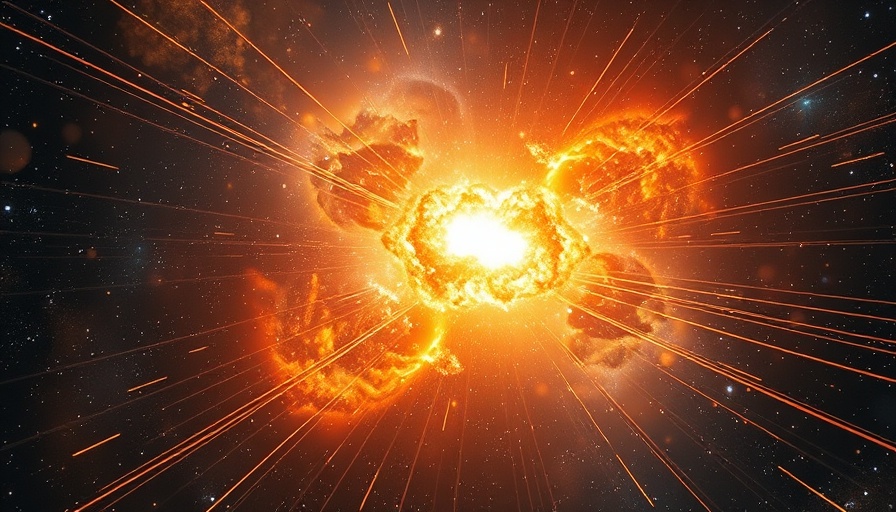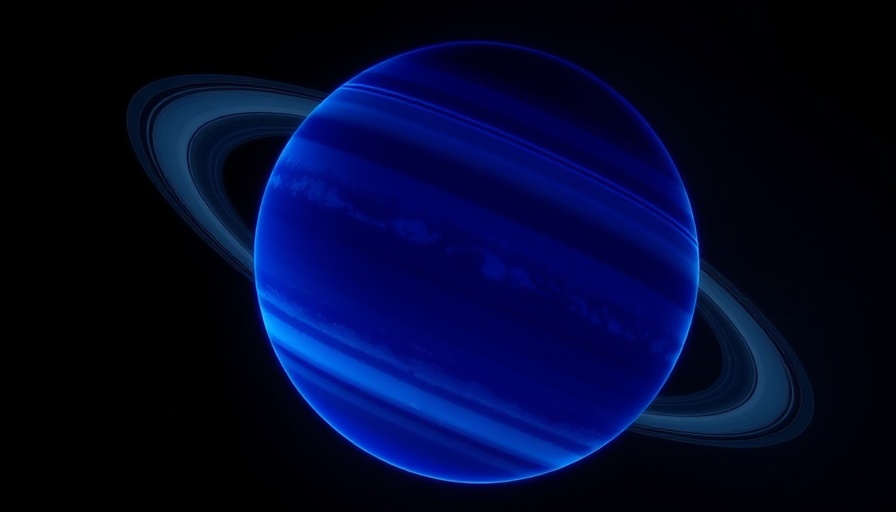
Exploring the Ancient Cosmos: Unraveling the Secrets of MoM z14
The latest breakthrough in astrophysics has introduced us to MoM z14, a galaxy that emerged just 280 million years after the Big Bang, making it the oldest and most distant galaxy identified to date. This astonishing discovery by the James Webb Space Telescope not only sets a new record but also opens up a plethora of questions about the early universe and the formation of galaxies.
The Significance of MoM z14: A Deeper Understanding of Cosmic Evolution
Discovered through the enhanced infrared capabilities of the James Webb Space Telescope (JWST), MoM z14 is estimated to have formed approximately 280 million years post-Big Bang, surpassing JADES-GS-Z14-0 by ten million years. This finding is momentous as it provides us with a clearer picture of the universe’s infancy, a time we previously could only speculate about. Researchers are eager to understand not just how galaxies formed but how they evolved as the universe aged.
Technological Advances: The Role of the James Webb Space Telescope
The JWST has revolutionized our ability to observe cosmic phenomena. With its powerful infrared sensors, it penetrates the veil of dusty space that earlier telescopes could not. Its capability to assess redshift — effectively measuring the distance and age of celestial objects — is crucial for understanding these far-off galaxies. As light from distant galaxies travels to us, it is stretched due to the expansion of the universe, shifting towards the red end of the spectrum. MoM z14's measurement at redshift is a testament to JWST's advanced technology, capturing light that has traveled billions of years.
Astrophysical Implications: What MoM z14 Tells Us About Early Galaxies
While MoM z14 is intriguing due to its age, it is also notable for its composition. The discovery of nitrogen and carbon indicates that it is not part of the first generation of galaxies, which were primarily made of hydrogen and helium. This element composition suggests that subsequent star formation had occurred, leading to a more complex environment than previously thought. This challenges theories surrounding the timeline of element formation in the universe and raises questions about how quickly galaxies could develop the necessary conditions for star formation and element creation.
Looking Ahead: What Lies Beyond MoM z14?
The discovery of MoM z14 offers a glimpse into the formative years of the universe, yet astronomers remain on the lookout for even older galaxies that could exist just beyond our current observational capabilities. Understanding the conditions that allowed for the formation of such ancient galaxies will take time, but it beckons the possibility of revisiting our models of cosmic evolution and galaxy formation.
Viewers intrigued by this development are urged to keep an eye on upcoming studies and discoveries brought forth by the James Webb Space Telescope. As technology advances, the cosmos will become increasingly more transparent, offering up secrets about our universe's earliest moments.
 Add Row
Add Row  Add
Add 




Write A Comment